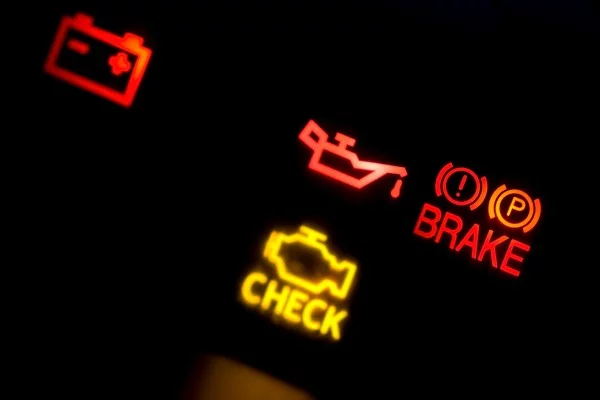
At Fiix, we help make people’s lives more convenient every day by providing expert mechanics at the click of a button, but we also want to help you repair your own vehicle — all of our mechanics will walk you through the process and show you how it’s done.
This guide teaches you how to easily change your tire.
Preparation
Whether you’re in a rush or not, these items will ensure the highest possible level of safety and a pleasant experience:
- Gloves — these help keep your hands clean, and provide a better grip.
- Your spare tire — this is usually on the back of your car or within your trunk.
- The correctly sized socket for your lug nuts, which help you remove your tires.
- A tire pressure gauge to measure air level in the replacement tire as well as the other tires to ensure you’re adequately filled up.
- A breaker bar, to assist in removing any stuck lug nuts.
- A jack stand, to help support the car in the event the jack fails during the tire change.
- The hydraulic jack that came with your vehicle.
Initial Steps
- First, find a safe area and appropriate flat surface, and turn on your hazard lights. This ensures people know what you’re doing, and will also disable automatic levelling on some cars, allowing you to start the tire change process.
- Block the tire diagonal to the one which you are changing. This prevents the car from moving. Use a wheel chuck to do this, although in emergencies you can use a heavy object such as a large rock.
Make you you have the tools mentioned above handy and ready to go.
Changing the Tire
- Position the jack underneath the car, to relieve pressure on the lug nuts. Most cars have arrows showing where to correctly place the jack. To avoid damage, consult your manual or the indicator arrows before placing the jack.
- If you have a hubcap, remove it with the prybar tool, and then use your wrench to loosen the lug nuts from the wheel.
- You may now slowly lift the car using the jack — if it feels unstable, lower it and reposition the jack slightly, then try again. Consult your owners manual for correct positioning of the jack.
- If possible, insert the supporting jack stands.
- You may now fully remove the lug nuts, and then the wheel. It may be tough to remove, so feel free to take your time in removing it.
- Install the spare tire just as you removed the old one, by placing it onto the hub, and subsequently replace and hand-tighten the lug nuts.
- You may lower the car slightly, so that the tire is resting on the ground. Use your wrench or breaker bar to ensure the lug nuts are fully tightened.
- Lower your car fully to the ground, and slowly remove the jack from underneath it. Once again remember to ensure your lug nuts are nice and tight!
Checking the Tire Pressure
Check tire pressure of all of your tires, including the spare. Normal tires should read in at about 42 PSI or higher, but if the spare you installed in considered a “donut”, a spare tire that is for emergencies only and cannot be driven on over a certain limit, make sure it reads in at 55–60 PSI.
Conclusion
If everything went successfully, you should be back on the road. We recommend going to a tire shop to ensure your tires are properly installed and tightened, and to see if you need to purchase or repair tires.
Also always remember to consult your car’s manual if you’re confused — many common questions can be answered there.
You can also even use Fiix to get your tires changed, rotated, and tightened, and even in certain cases, buy tires through us!
Book a Fiix Mechanic, or ask us anything on our live chat.



